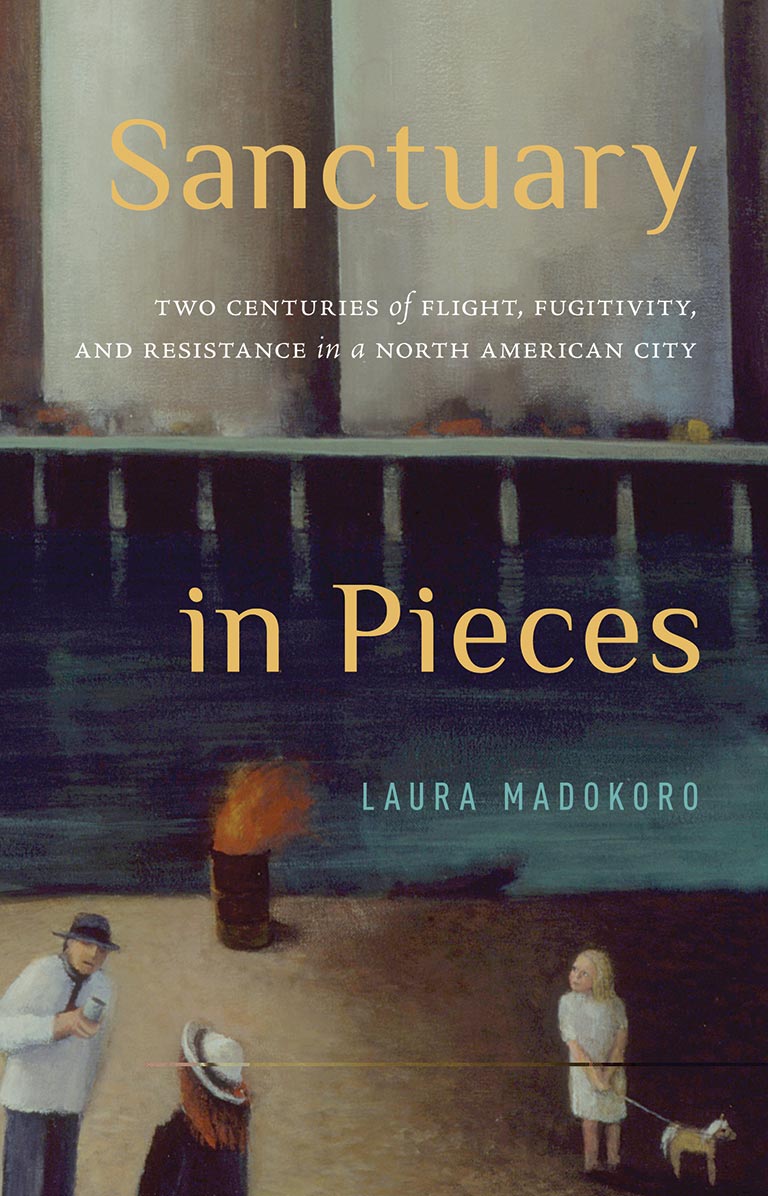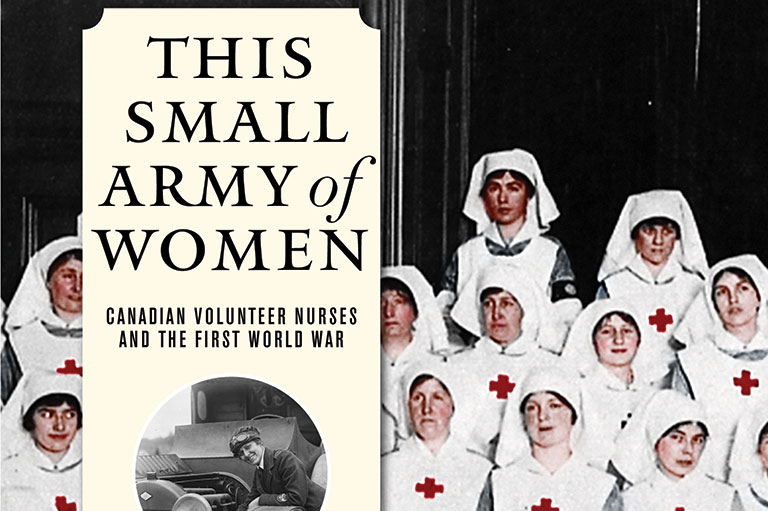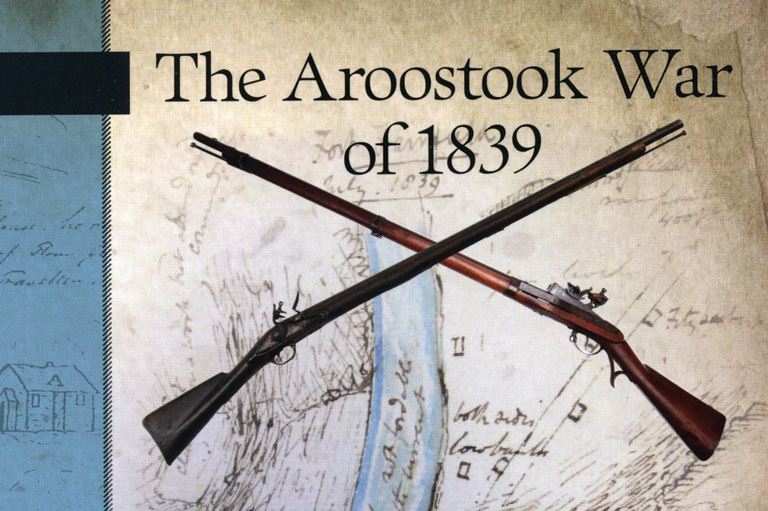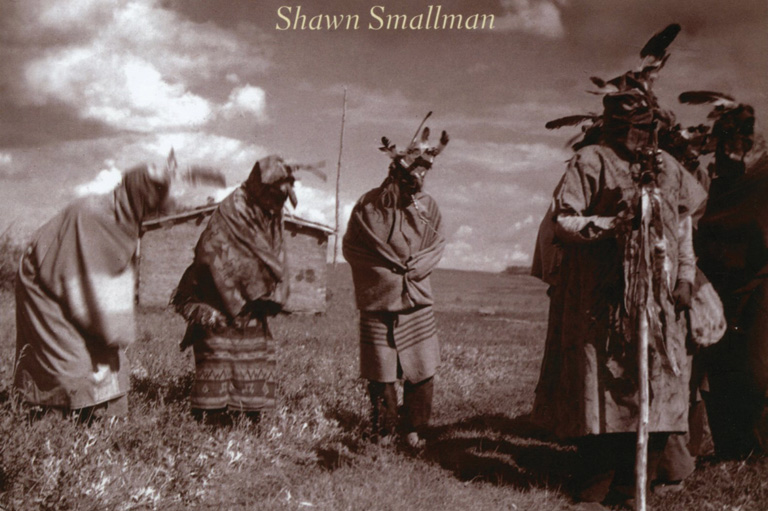Sanctuary in Pieces

Sanctuary in Pieces
Two Centuries of Flight, Fugitivity, and Resistance in a North American City
by Laura Madokoro
McGill-Queen’s University Press
348 pages, $37.95
With immigration being a particularly hot topic in recent years in Canada, the United States and elsewhere in the world, it would seem that an in-depth look at how one city — Montreal — has handled migrants over the years would be both timely and a helpful addition to the discussion. On several levels, this is true of Sanctuary in Pieces, by Carleton University history professor Laura Madokoro.
Her book is essentially a collection of six case studies of a diverse set of individuals and groups who, over the course of about 200 years, sought shelter in Montreal. Madokoro uses each example to explore the political and social landscape in which sanctuary seekers found themselves when choosing the city as a destination.
The use of the words “in pieces” in the title serves to underscore the ways, as the author concludes, that “sanctuary as it has come to operate in the present — in the form of public declaration and high-profile media stories — is broken.”
The first case is that of Shadrach Minkins, who escaped enslavement in the United States and braved Canadian winter weather to seek refuge in Montreal in 1851. This leads to a discussion of the Underground Railroad as it functioned in Canada in the wake of the U.S. Fugitive Slave Act.
Madokoro claims that Montreal “was not an especially promising city of refuge in the era of the ‘Underground Railroad.’ This was partly because of its own history of legalized slavery.” Hence, Minkins found it to be a lonely city, if not openly hostile to fugitive slaves.
With 7 uniquely curated newsletters to choose from, we have something for everyone.
Montreal was known as a hotbed of Confederate operatives
The next case study offers an interesting counterpoint to Minkins’s experience. John Harrison Surrat, a suspect in the conspiracy to assassinate U.S. President Abraham Lincoln in April 1865, fled to Montreal to escape capture. Madokoro uses Surrat’s time in the city to look at attitudes in Montreal, then known as a hotbed of Confederate operatives and sympathizers, toward the U.S. Civil War.
Skipping ahead several decades, Madokoro weaves together the stories of two influential activist women — Yvonne Maisonneuve, founder of a women’s shelter in Montreal, and Emma Goldman, the celebrated author, anarchist and feminist who made her home in Montreal and Toronto while exiled from the United States. Through the lives of both women, Madokoro probes the economic and social conditions of the Great Depression in Canada, and particularly in Quebec.
The political upheaval of the 1960s in the United States and in Quebec provides the context for Madokoro’s examination of the atmosphere in Montreal at that time — notably the revolutionary threat of the Front de Libération du Québec — that greeted Americans fleeing north to avoid the Vietnam War. This chapter concludes with a brief ironic mention of the Vietnamese refugees who also found sanctuary and a new home in Montreal.
The book’s final chapters take their inspiration from incidents that involved people seeking sanctuary in Montreal churches in the wake of political threats in their home countries, including a Chilean group, an Algerian family and an elderly Pakistani woman. These cases offer much fodder for the author’s look at Canadian immigration policy as it pertains to refugees.
Madokoro packs quite a boatload of research, documentation and opinion, as well as occasional flashes of wit, into what is essentially a densely academic work published as part of the McGill-Queen’s University Press Refugee and Forced Migration Studies series.
Sanctuary in Pieces is not a breezy read for people who aren’t engaged with the topic. Some might find Madokoro’s insistence on using Indigenous place names repeatedly throughout the book — for example, Montreal/ Mooniyaang/ Tiohtià:ke — to be an unnecessary distraction when a first reference might have sufficed.
Nonetheless, this book contains much interesting historical information and is likely to be highly useful for people working directly in the field.
Advertisement
We hope you will help us continue to share fascinating stories about Canada’s past.
We highlight our nation’s diverse past by telling stories that illuminate the people, places, and events that unite us as Canadians, and by making those stories accessible to everyone through our free online content.
Canada’s History is a registered charity that depends on contributions from readers like you to share inspiring and informative stories with students and citizens of all ages — award-winning stories written by Canada’s top historians, authors, journalists, and history enthusiasts.
Any amount helps, or better yet, start a monthly donation today. Your support makes all the difference. Thank you!
Themes associated with this article
Advertisement
Save as much as 40% off the cover price! 4 issues per year as low as $29.95. Available in print and digital. Tariff-exempt!




